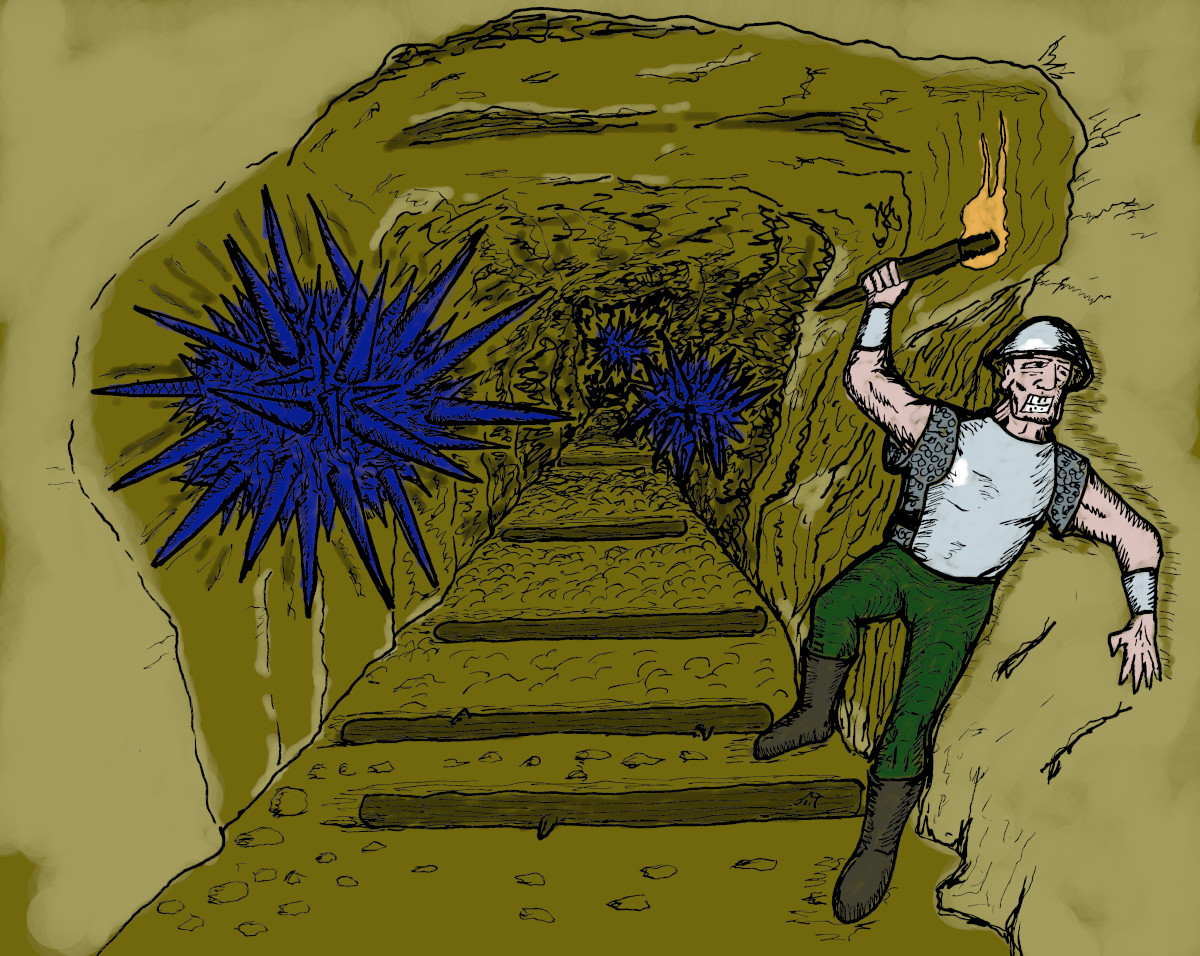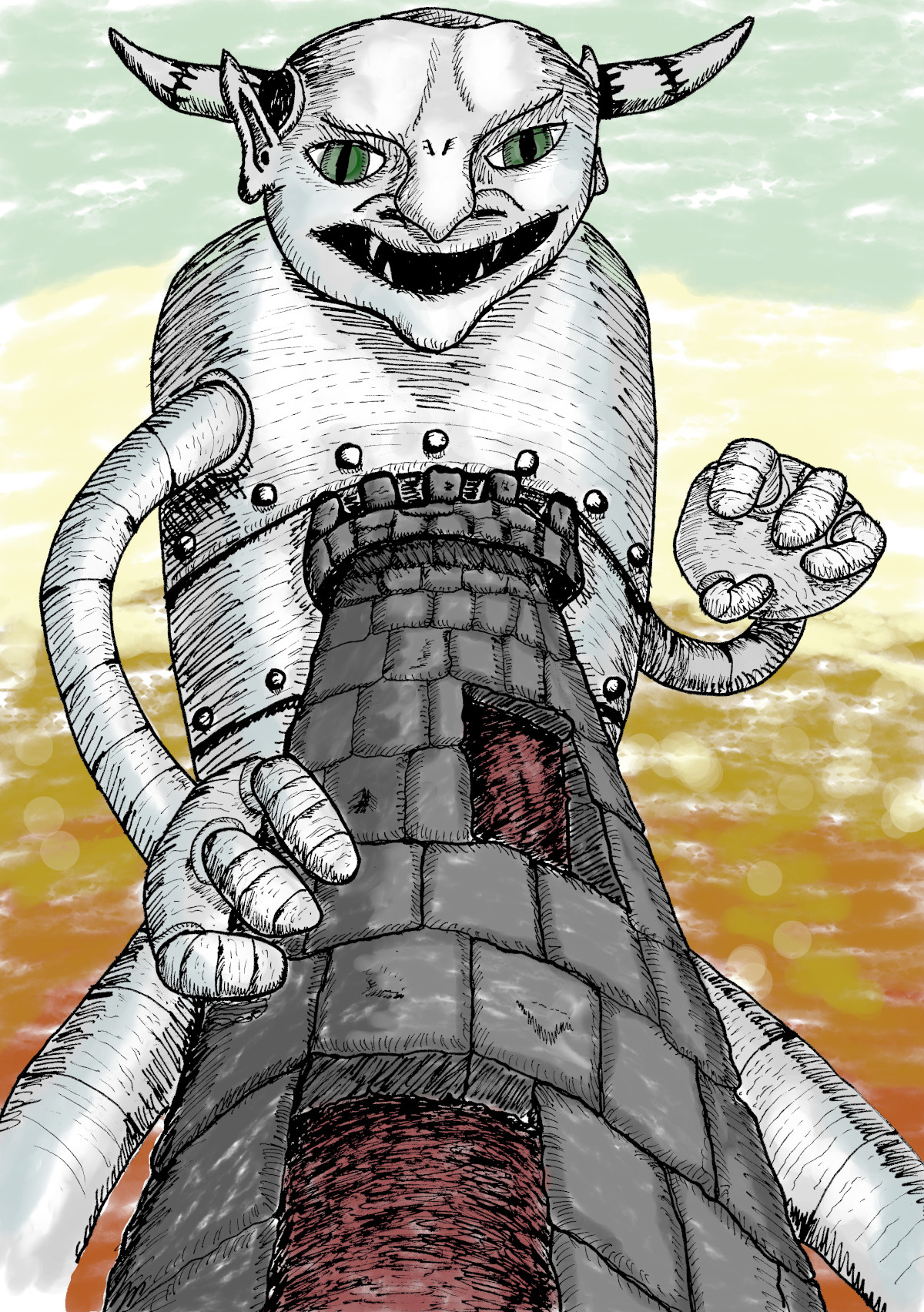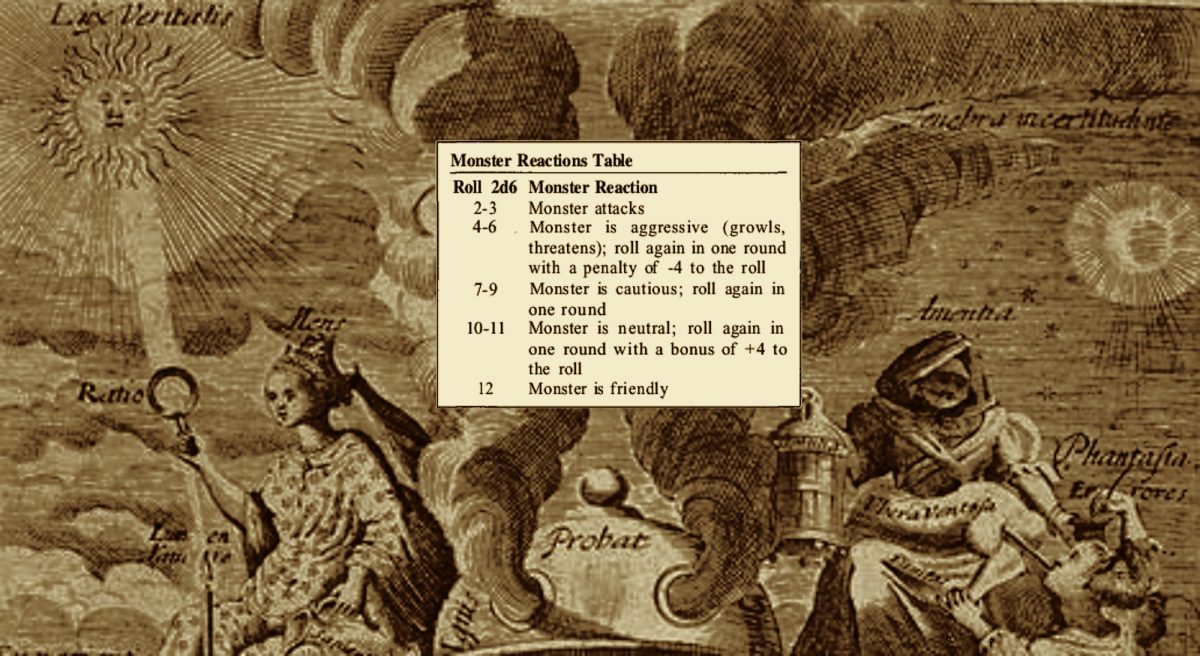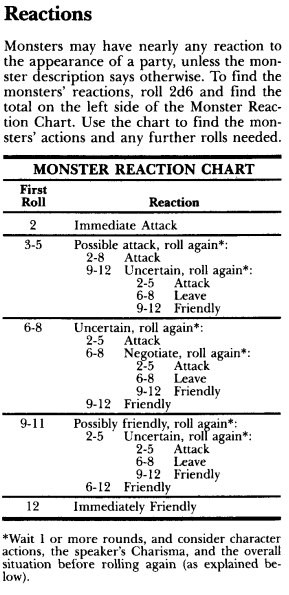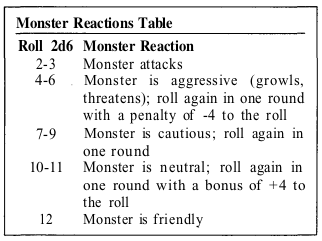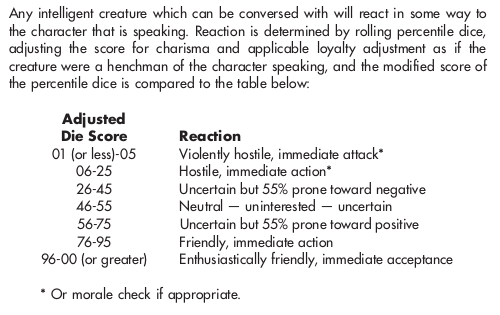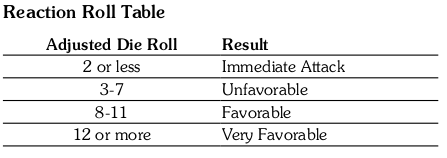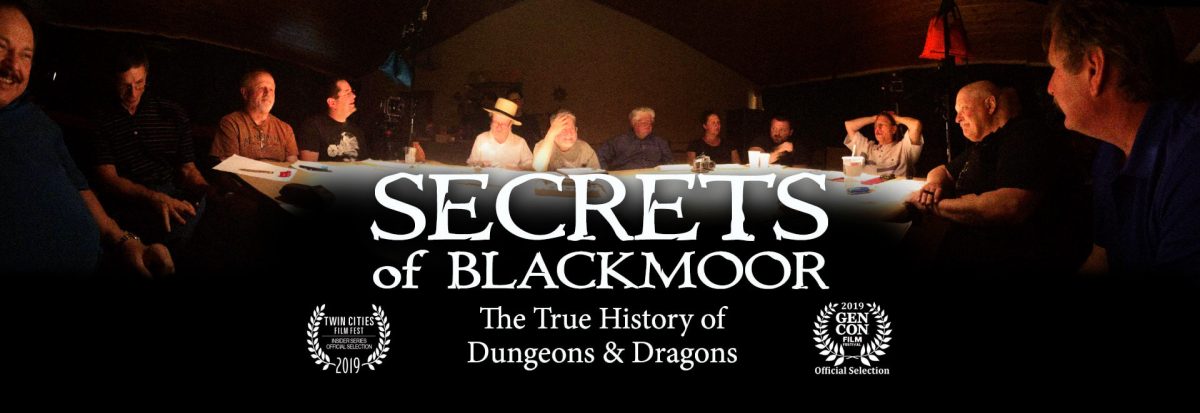We first heard the scraping of cold iron against granite from somewhere in the darkness beyond our lantern glow. From the shadows emerged three orbs seemingly made of innumerable nails pointing in every direction. They floated over the cavern floor, slowly approaching us. The dwarf charged, his mouth watering at the prospect of battle, and his axe cut between the spikes to crack in inner globe. As the creature shuddered, the other two spun around to his flanks, then dove in. Long spikes glanced off his gleaming plate armor, but one or two found their way between the gaps. He howled in pain and retreated. We were ten paces closer to the exit and ahead of him and reached sunlight first.
When the dwarf emerged, both arms were stretched out stiffly. He begged for relief. Where the spikes broke skin were irregular cysts topped by an oozing wound. Nearly ten pounds of flesh had grown where he was injured, pushing painfully against the constricting armor until we’d cut it away.
This was our first encounter with the notorious loadstar. It’s vital statistics are as follows.
- Armor Class: 17
- Hit Dice: 2
- Number of Attacks: once per round, it attempts to drive a spike that does 1d6 points of damage plus creates a heavy larval sac
- Movement: 20′ every 10 seconds, floating
- Resists magic as 2nd level fighter
- Fanatical attitude, never losing morale
The loadstar appears as a ball of thin, iron spikes floating in mid-air. Immature subjects may be as small as a fist, but those most often encountered are between two and three feet in diameter. Their shape suggests a sea urchin, though they are always found underground. Beneath a hard outer shell of iron lies the bright orange goo that serves as the loadstar’s guts.
When the loadstar strikes, its spikes dig into living flesh and deliver a fast-growing embryo. In one round, the wound site expands to form a blob under the skin weighing 10lbs and containing about 1 gallon of an orange liquid summoned from an extra-dimensional space. In the center floats the larva of the loadstar. If the site is lanced (doing another 1d4 points of damage) and squeezed immediately, the liquid may be flushed, killing the larva. Otherwise, the orange ichor converts to pure adipose tissue 10 minutes after injury. From that moment on, the fat must be lost in an ordinary way, typically through depriving oneself of food. 30 days after initial injury, a small loadstar emerges from the skin and floats away to find darkness.
The immediate consequence of a loadstar sting is the burden of ten extra pounds carried. This extra encumbrance can be debilitating to smaller adventurers or those struct multiple times. Adventures may need to drop all of their belongings in order to escape.
The curing of the disease, typically done by magic, kills the incubating larva but does not remove the excess fat. Clerics are known to return the body to its previous state with a restoration spell. Otherwise, the fat may be slowly lost at a rate of one pound per week by cutting the amount of food eaten. Intensive fasting can increase this rate to five pounds per week, but the subject must save versus death or else fail to complete the fast, making no progress for the week.
Loadstars are mindless but will instinctively moderate their attacks, typically avoiding attacking a victim after it already carries one or more larvea.
I offer this monster description under a Creative Commons Attribution 4.0 International License.
